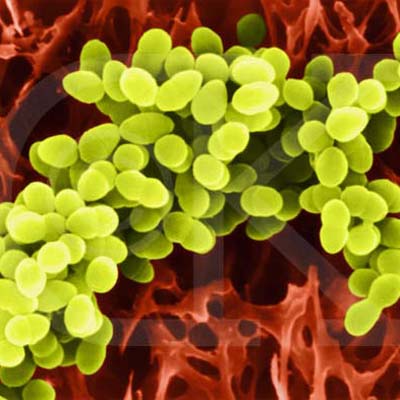Airborne diseases caused by pathogenic microbes small enough to be released
from an infected person through coughing, sneezing, laughing and close personal contacts or aerozolizatsii
microbe. The patient was discharged >> << microbes remain suspended in air, dust, respiratory and water drops. The disease occurs when a microbe inhale or contact of mucous secretions or when left
on the surface affected. Transfer air diseases can be significantly reduced by practicing
Social and respiratory etiquette. Staying at home in case of illness, keeping close contact with sick person to
minimum, allowing a little distance from the other foot during his illness, and in the mask, covering coughs and sneezes
elbow or tissue can significantly reduce transmission. Good hand washing can reduce the spread of sex
contain droplets that can be raised by hand from the surface or hand contact with secretions. Environmental >> << management and engineering alternatives to reduce the transmission of airborne pathogens drops of water. Contact disease transmitted when the infected person has direct physical contact
with an infected person, and the microbe is passed from one to another. Contact disease can be transmitted through
indirect contact with infected people or environment of personal belongings. Availability >> << wound drainage or other discharge from the body suggest an increased potential for risk transfer
and pollution. Safety measures that create barriers and procedures that reduce or eliminate >> << microbes in the environment or personal items that form the basis of interrupting disease transmission
direct contact. - A serious disease caused by Bacillus anthrax, the bacteria that form spores. Bacteria are very small body, consisting of a single cell. Many bacteria can cause disease. >> << The dispute is the center, which is at rest (sleep), but can come to life terms. - Bacteria commonly found in the throat and on
skin. People may carry group A streptococci in the throat or the skin and have no symptoms >> << disease. Most infections of gas in relatively mild illness such as strep throat or impetigo
. Sometimes these bacteria can cause serious and even life-threatening disease. - The bacterium that causes disease >> << in newborns, pregnant women, the elderly and adults with other diseases such as diabetes
or liver disease. GBS is strattera without prescritpion the most common cause of life-threatening infections in newborns. - Invasive disease caused by Haemophilus influenzae may affect
many organs and systems. The most common types of invasive disease is pneumonia, feverish occult bacteremia, meningitis

, epihlotyt, septic arthritis, cellulitis, otitis media, purulent pericarditis, and
other less common infections such as endocarditis and osteomyelitis. - Infection caused by the bacterium Legionella
Pneumophila. Man controls the frequency of legionellosis through mandatory reporting by health care
, clinical laboratories and other social partners in health. - The leading cause of bacterial meningitis in children and young adults >> << in the United States. Symptoms of meningococcal disease include fever, headache and stiff neck >> << B meningitis and sepsis and rash in meninhokokkemiya. - Metytsyllyn-resistant staphylococcus gold is a bacterial infection that is resistant to some antibiotics
. When MRSA bacteria are on the skin, but do not cause disease is called colonization. In most cases
MRSA does not cause any problems or causes minor infections such as pimples or boils. In some cases, MRSA can cause more serious infections. - Gram-positive cocci that encapsulated
frequently colonizing human nasopharynx, where it can be carried asymptomatically. - Respiratory diseases caused by coronavirus, the last in 2004 >> <<




